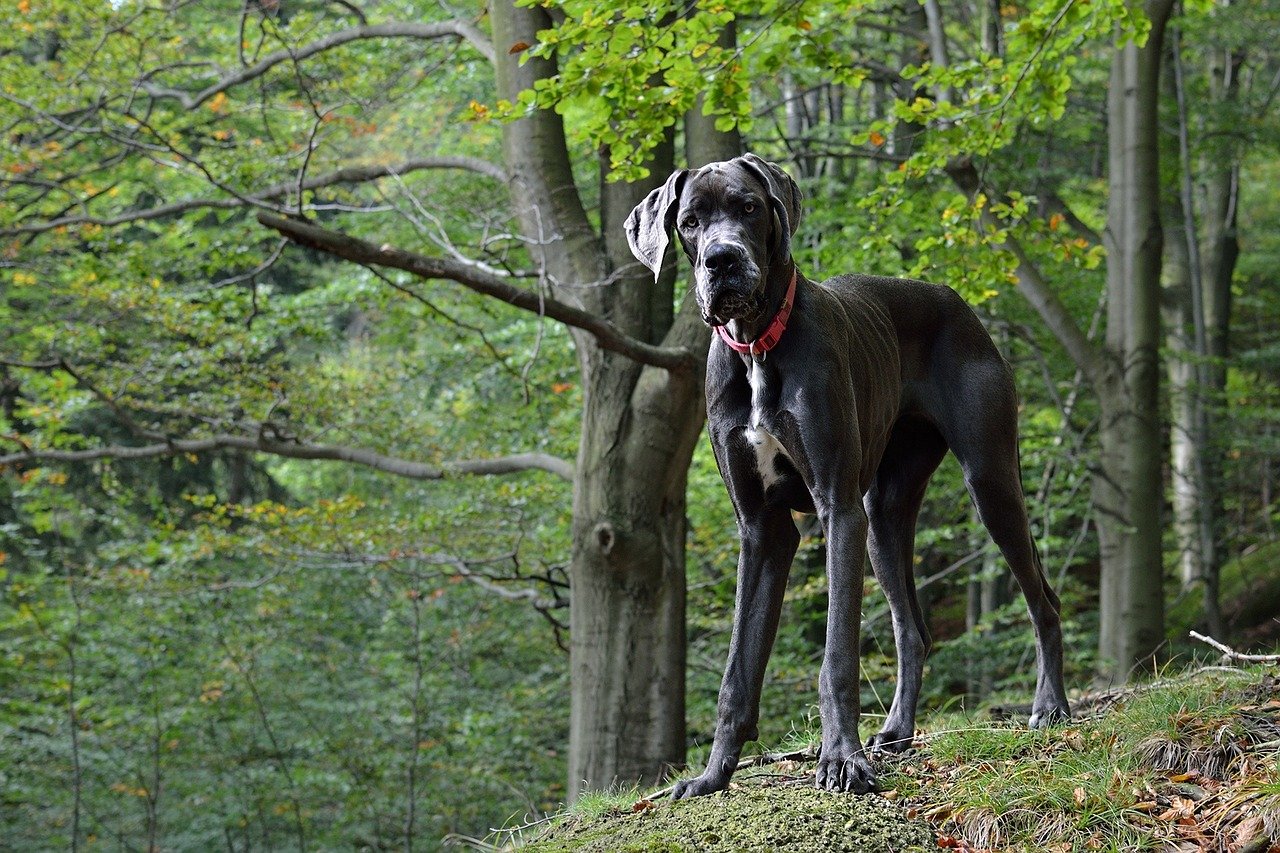Picture this: you walk into a veterinary clinic carrying your massive, drooling companion who can barely fit through the door. The vet smiles politely, but behind that professional demeanor lies a secret wish – that fewer people would choose these gentle giants without understanding what they’re truly signing up for. While large dog breeds capture our hearts with their impressive size and loyal nature, they come with a sobering reality that many vets witness daily in their practice.
Saint Bernards and Their Frighteningly Short Lifespans
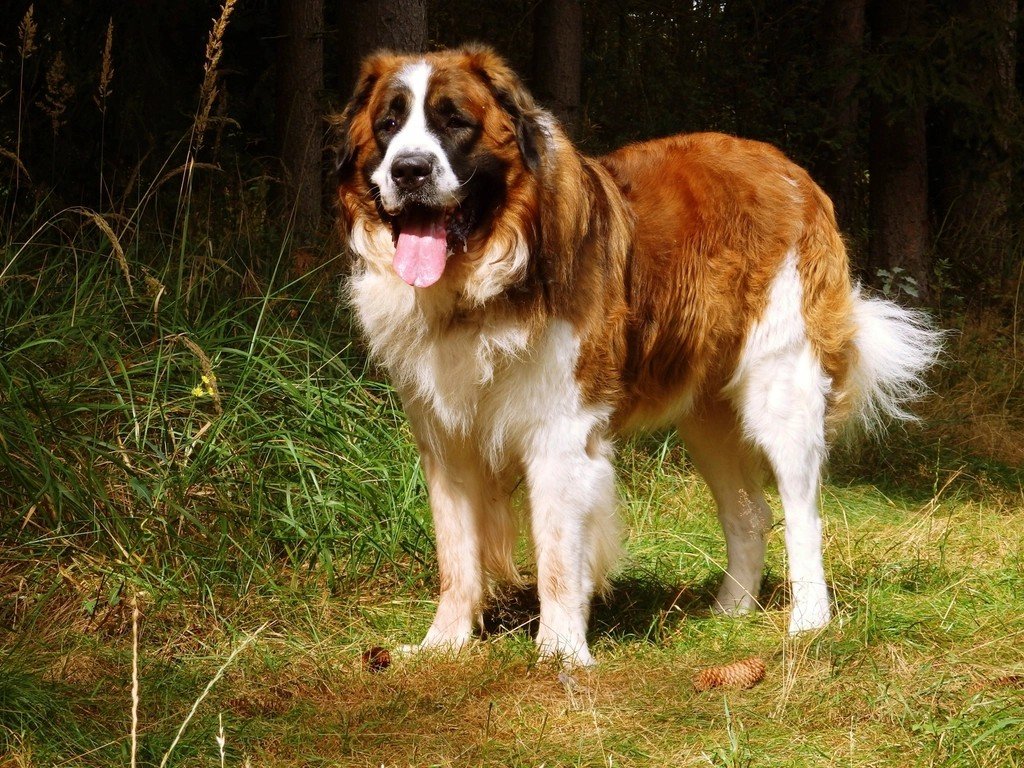
When most people think of Saint Bernards, they picture the loveable Beethoven from the movies, but vets see a much darker reality. The life expectancy of a Saint Bernard dog is 8–10 years, which is the typical lifespan for a giant breed, and a 2024 UK study found a life expectancy of 9.3 years for the breed compared to an average of 12.7 for purebreeds and 12 for crossbreeds. These dogs are walking heartbreak machines, living roughly half the lifespan of smaller breeds.
The brutal truth gets worse when you dig deeper into the statistics. A 2005 Swedish study of insurance data found 74% of St Bernards died by the age of 10, higher than the overall rate of 35% of dogs dying by the age of 10. Veterinarians constantly counsel families who thought they’d have their gentle giant for fifteen years, only to say goodbye after barely a decade.
Great Danes: The Ticking Time Bombs of Bloat
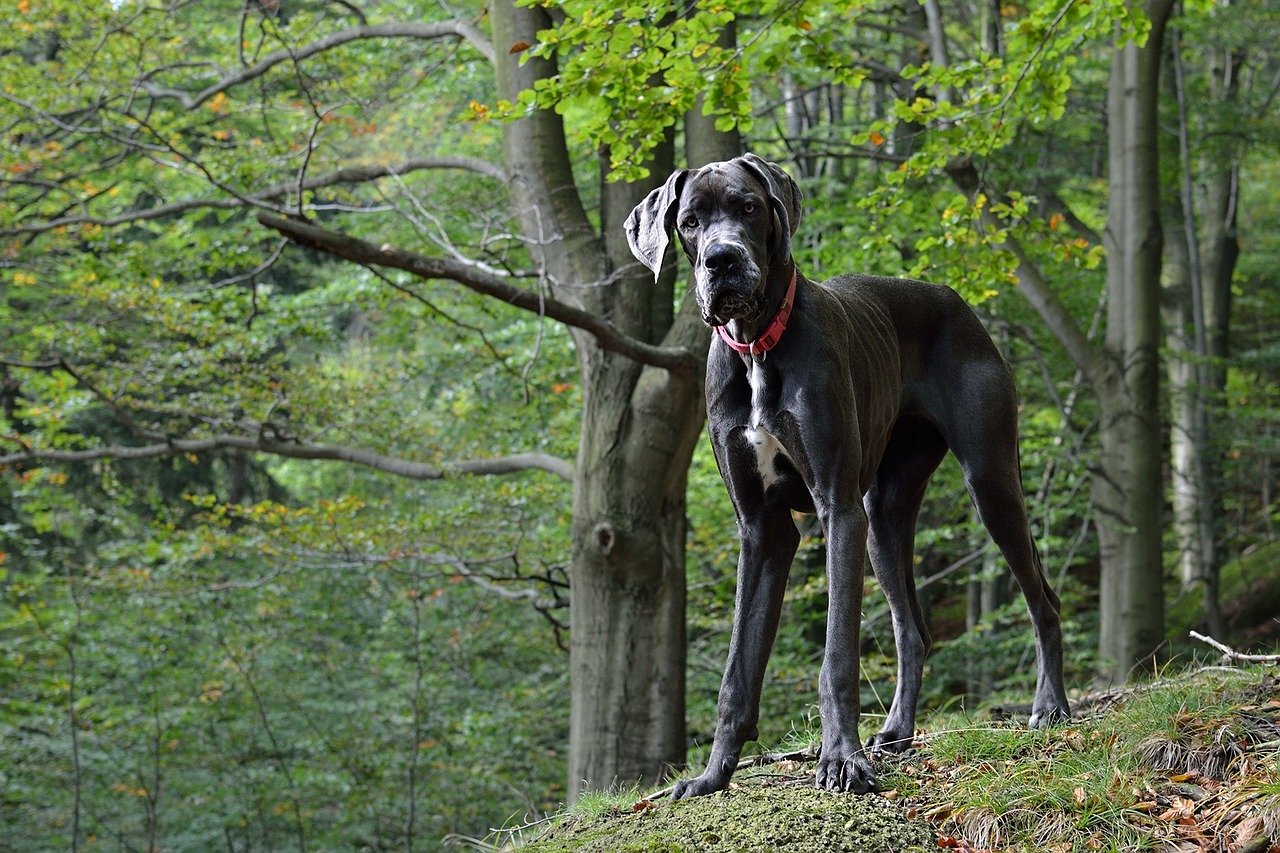
Great Danes, Irish Setters, Weimaraners, Doberman Pinschers, and St. Bernards are particularly prone to bloat, but Great Danes top the list for this terrifying emergency. Gastric dilation volvulus (GDV) is an extremely serious condition and can lead to death if not treated immediately, and happens when the stomach becoming severely inflated with gas. In severe cases, the stomach can twist upon itself resulting in a condition called gastric dilation volvulus. Imagine calling your vet at midnight because your dog’s stomach has twisted, knowing you have minutes to save their life.
Vets describe GDV as one of the most stressful emergencies they face because time is everything. The condition prevents blood from flowing freely to all parts of the body, including the heart and other organs. Even with immediate surgery, not every Great Dane survives this condition, leaving owners devastated and wondering if they could have prevented it.
German Shepherds: Hip Dysplasia Specialists
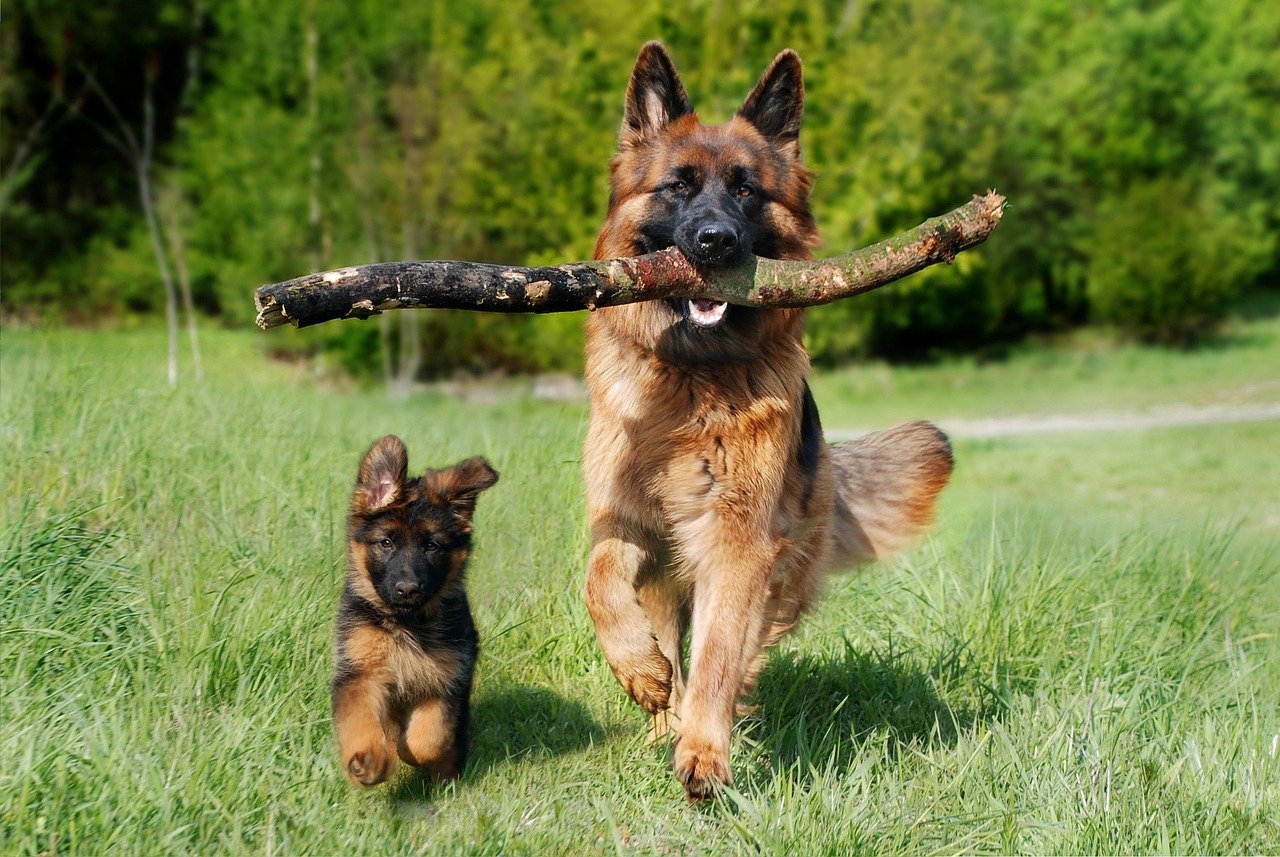
German Shepherds break veterinarians’ hearts because they’re such incredible dogs with such predictable problems. Hip Dysplasia: This genetic condition occurs when the hip joint doesn’t develop properly, leading to arthritis and pain. What makes this particularly frustrating for vets is watching young, energetic shepherds gradually lose their mobility and zest for life.
Hip problems are more prone in ALL large breeds, as well as bloat, but German Shepherds seem to get hit especially hard. Veterinarians often find themselves explaining to shocked owners that their two-year-old dog needs expensive surgery or will spend their life in chronic pain. The breed’s working dog mentality means they’ll push through discomfort until they literally can’t walk properly anymore.
Mastiffs: The Gentle Giants With Giant Problems
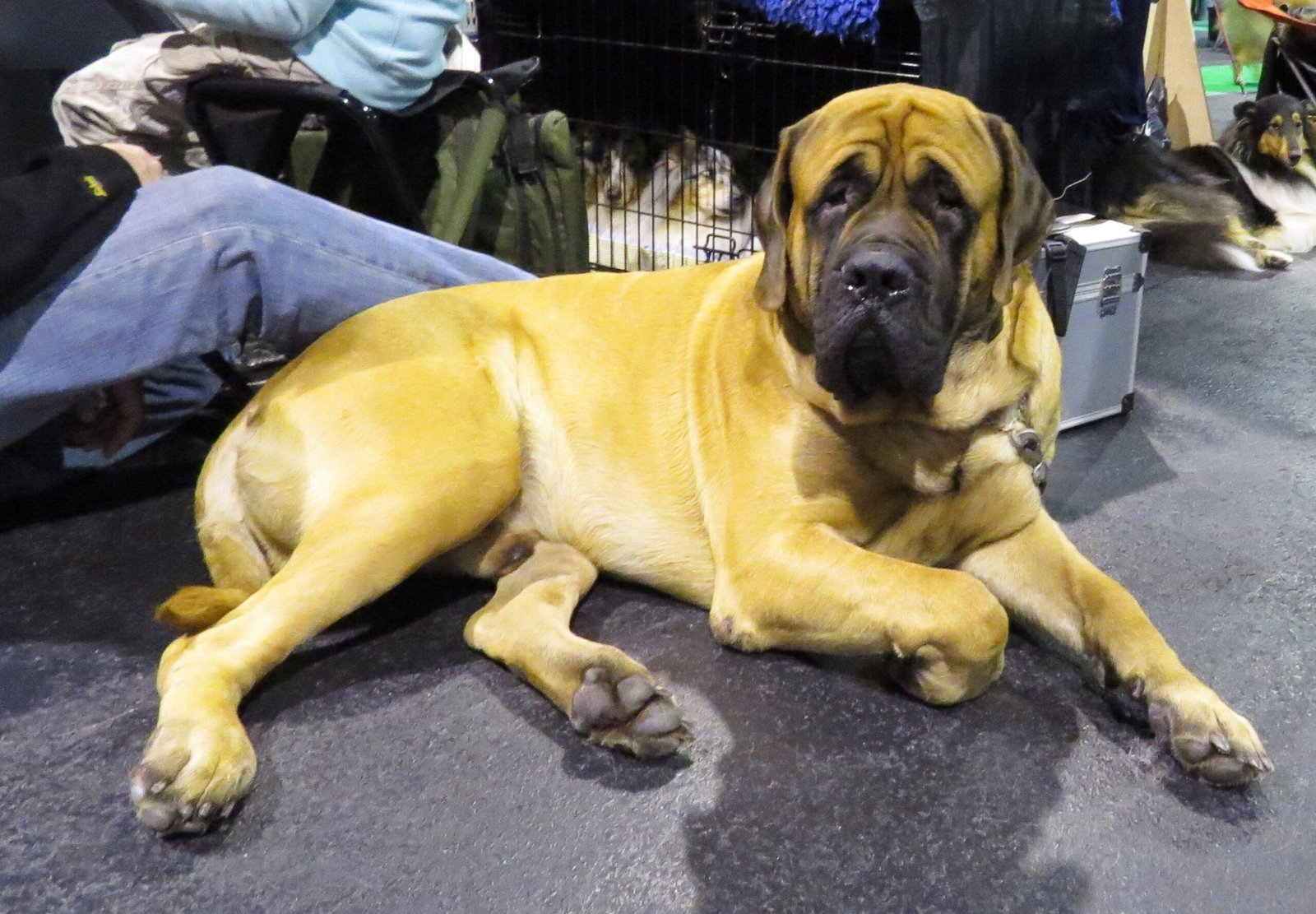
English Mastiffs might be gentle, but they’re also walking veterinary nightmares when it comes to health issues. The English Mastiff boasts an imposing presence, reaching up to 30 inches in height and weighing a staggering 230 pounds. Despite their intimidating size, English Mastiffs are known for their gentle and affectionate nature. However, their size creates a cascade of health problems that keep vets busy and owners broke.
The sheer mass of these dogs puts incredible strain on their joints and organs. In general, the larger a dog breed, the more strain is put on their joints and organs to support the weight of the body. Vets regularly see Mastiffs with joint problems, heart conditions, and breathing difficulties. What’s particularly heartbreaking is that these dogs are so stoic that they’ll suffer in silence, making it harder for owners to recognize when something’s wrong.
Rottweilers: Cancer Magnets That Break Hearts
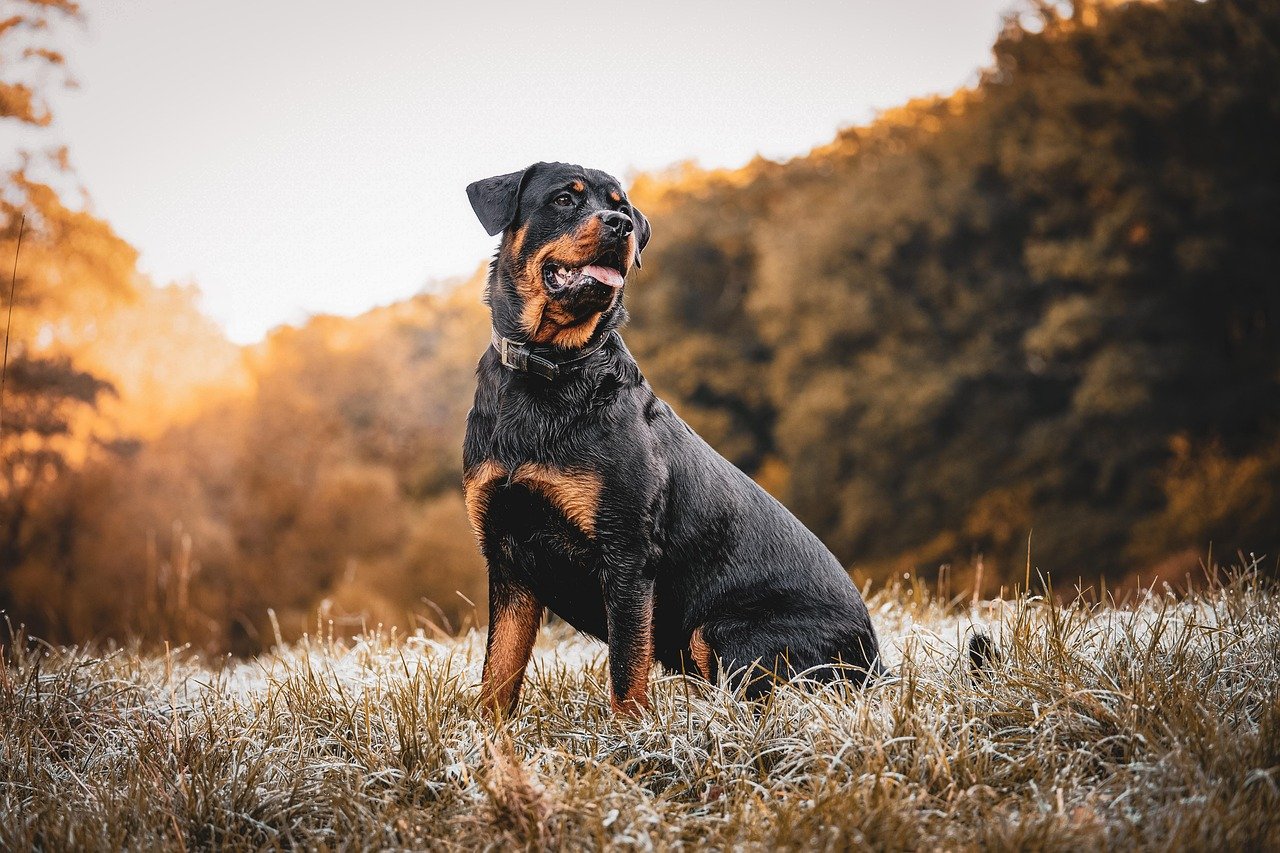
Rottweilers have earned a devastating reputation among veterinarians for their predisposition to cancer. Rottweilers are highly prone to cancer. Early signs of cancer are breaking of the leg for no apparent reason. Check your dog for cancer if this happens. Imagine the horror of your dog’s leg simply snapping during a normal walk because bone cancer has weakened it from the inside.
Osteosarcoma is a painful, metastatic, and aggressive bone cancer that Rottweilers are predisposed to. If you see any signs of swelling, pain or lameness in your Rottweiler, take them to your veterinarian for an evaluation as soon as possible. Osteosarcoma is usually diagnosed through a physical exam and radiography. It can be treated effectively if it’s diagnosed at a very early stage. The cruel irony is that these powerful, intimidating dogs are often felled by an enemy they can’t fight.
Newfoundlands: Swimming in Health Problems
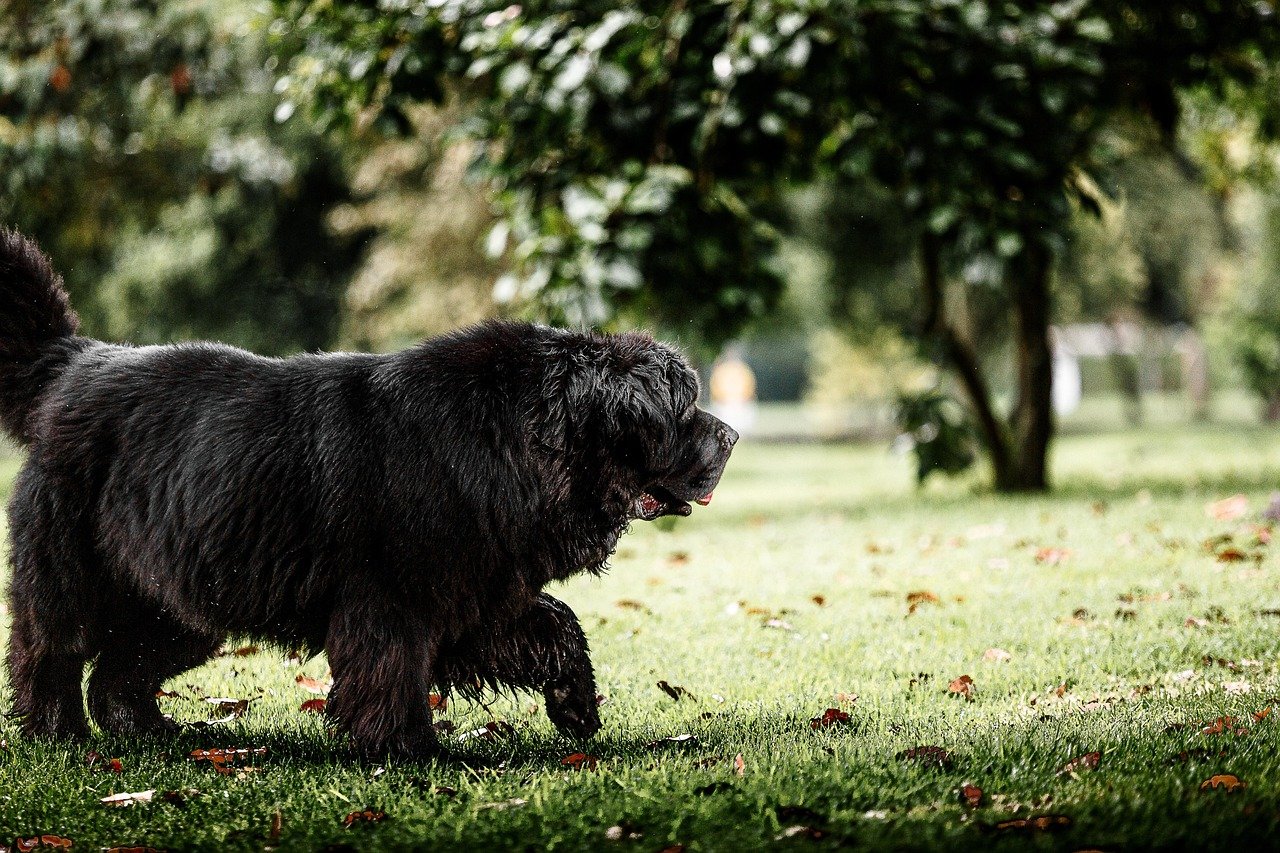
Newfoundlands are supposed to be water rescue dogs, but they’re drowning in their own health issues. As a result of their immense size, the Newfoundland is also another large breed that is prone to hip and elbow dysplasia as well as heart defects. On average, a Newfoundland has a lifespan of 8-13 years, with most dogs falling at the shorter end of the scale. These gentle water dogs often can’t enjoy their favorite activity because their joints hurt too much.
What makes Newfoundlands particularly challenging for vets is the combination of their size and their coat. The biggest complaint about the Newfoundland, aside from drooling and clumsiness with smaller children, is their shedding. The thick, water-resistant coat that makes them excellent swimmers also traps heat and moisture, leading to skin problems that can be difficult to treat on such a large dog.
Doberman Pinschers: Hearts That Give Out Too Soon
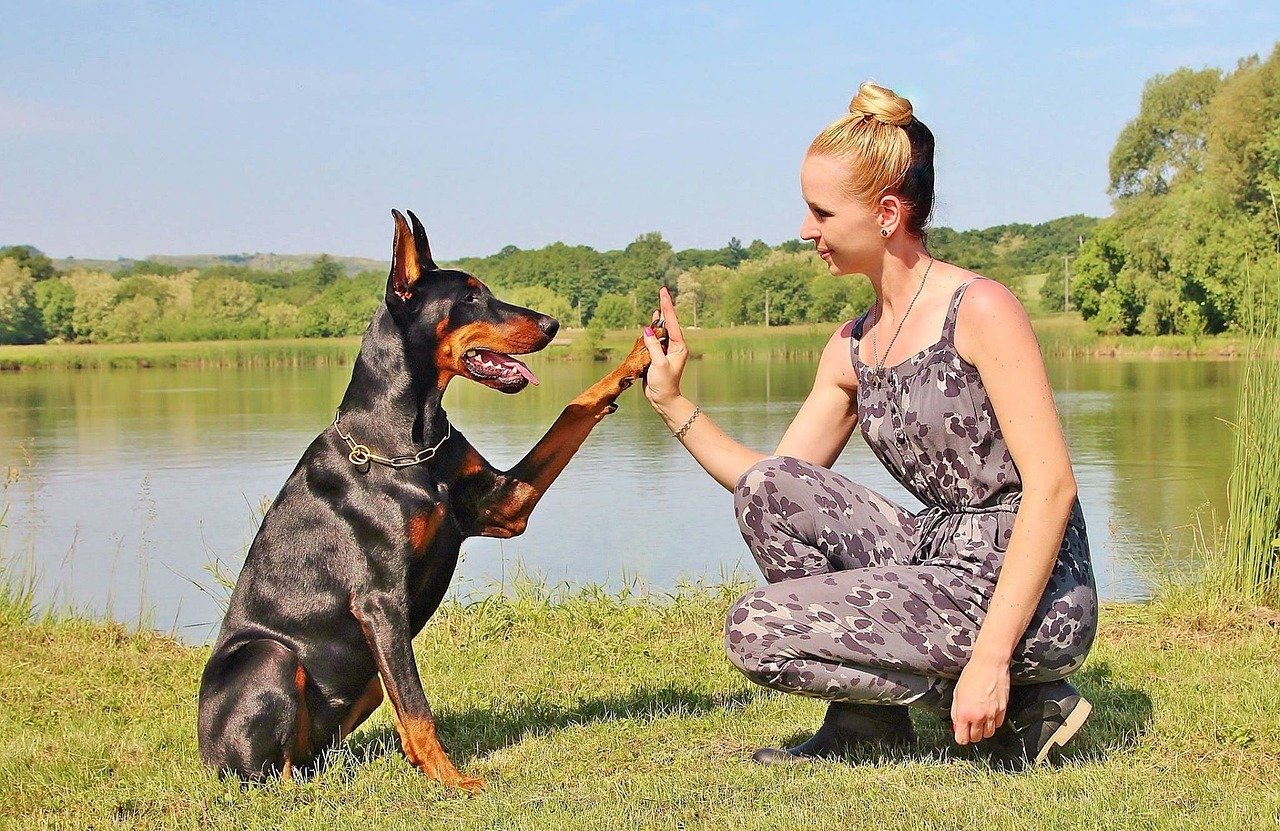
Dobermans are sleek, intelligent, and absolutely stunning dogs, but their hearts are their Achilles heel. Doberman Pinschers are at risk for dilated cardiomyopathy, a serious heart condition. Regular heart checks are crucial for Dobermans. Veterinarians have watched too many seemingly healthy Dobermans suddenly collapse because their enlarged hearts simply couldn’t keep up anymore.
The most heartbreaking aspect of dilated cardiomyopathy in Dobermans is how it strikes without warning. At its most basic level,” says Dr. Coates “the heart becomes weak and can no longer adequately pump blood throughout the body. One day you have an active, energetic dog, and the next day they’re struggling to walk across the yard. Many owners never see it coming, which makes the diagnosis even more devastating.
Irish Wolfhounds: Giants With Giant Veterinary Bills
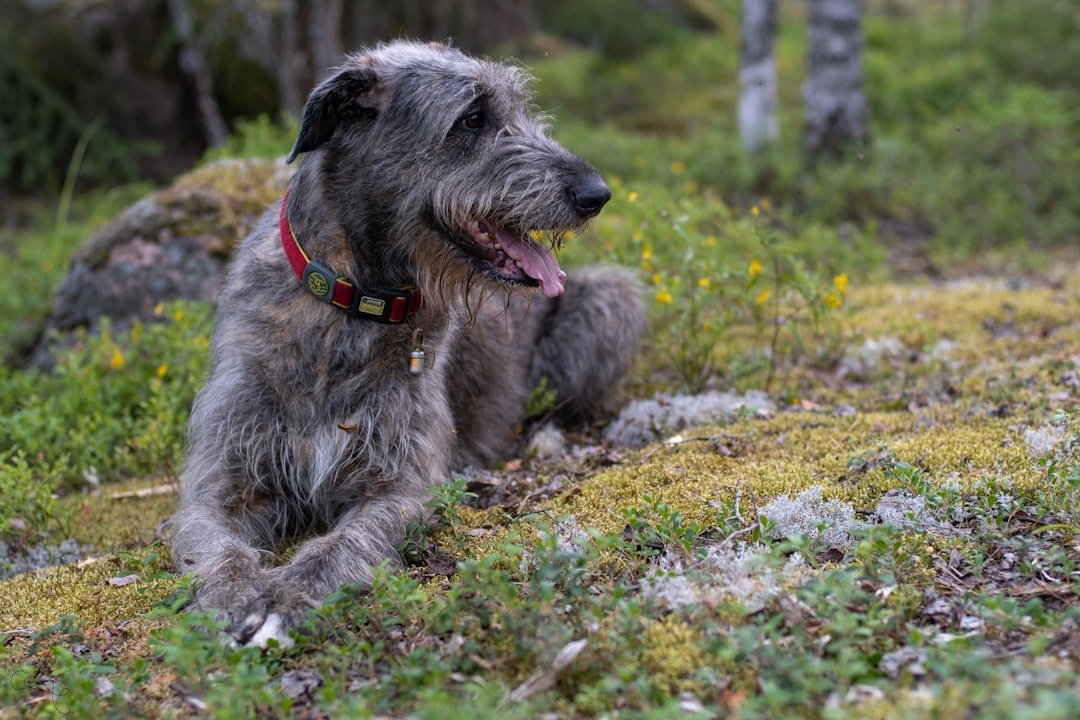
Irish Wolfhounds are magnificent creatures, but they come with equally magnificent veterinary expenses. breeds such as Dogo Argentinos, English Mastiffs, and Irish Wolfhounds experience even steeper increases in claim costs, ranging from 56-68% higher than other breeds. These dogs don’t just cost more to feed and house – they cost significantly more to keep healthy.
Cervical spondylomyelopathy (CSM), or wobbler syndrome, is a disease of the cervical spine (at the neck) that is commonly seen in large and giant-breed dogs like the Irish Wolfhound pictured here. It affects how the vertebrae line up with one another. “This is turn,” says Ashley Gallagher, DVM, “can result in neck pain and spinal cord compression”. Watching these elegant sight hounds develop a wobbly, unsteady gait as their spine deteriorates is particularly painful for veterinarians who understand what lies ahead.
Bernese Mountain Dogs: Beautiful But Brutally Short-Lived
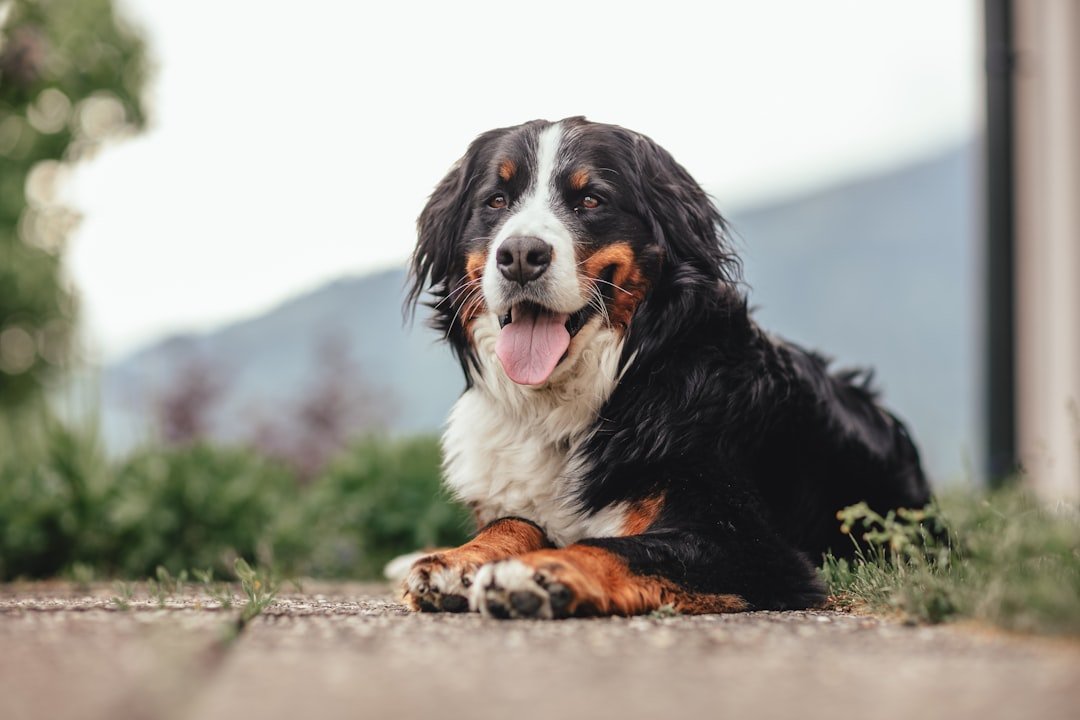
Bernese Mountain Dogs are absolutely gorgeous, with their tri-color coats and gentle expressions, but they’re also genetically programmed for heartbreak. Large breed dogs, like Saint Bernards, Great Danes, Mastiffs, Irish Wolfhounds, Pyrenean Mountain Dogs, Bernese Mountain Dogs and Newfoundlands, are known for their big hearts and loyalty, but Bernese Mountain Dogs have some of the shortest lifespans among all dog breeds.
What makes Bernese Mountain Dogs particularly tragic is their temperament – they’re perfect family dogs who bond incredibly closely with children, only to leave those families devastated when cancer strikes at a young age. Veterinarians often find themselves explaining to families with young children why their beloved pet won’t be around to see the kids grow up. The genetic lottery dealt these beautiful dogs a cruel hand, and there’s often little vets can do except provide comfort during the inevitable goodbye.
Great Pyrenees: Massive Dogs With Massive Joint Problems
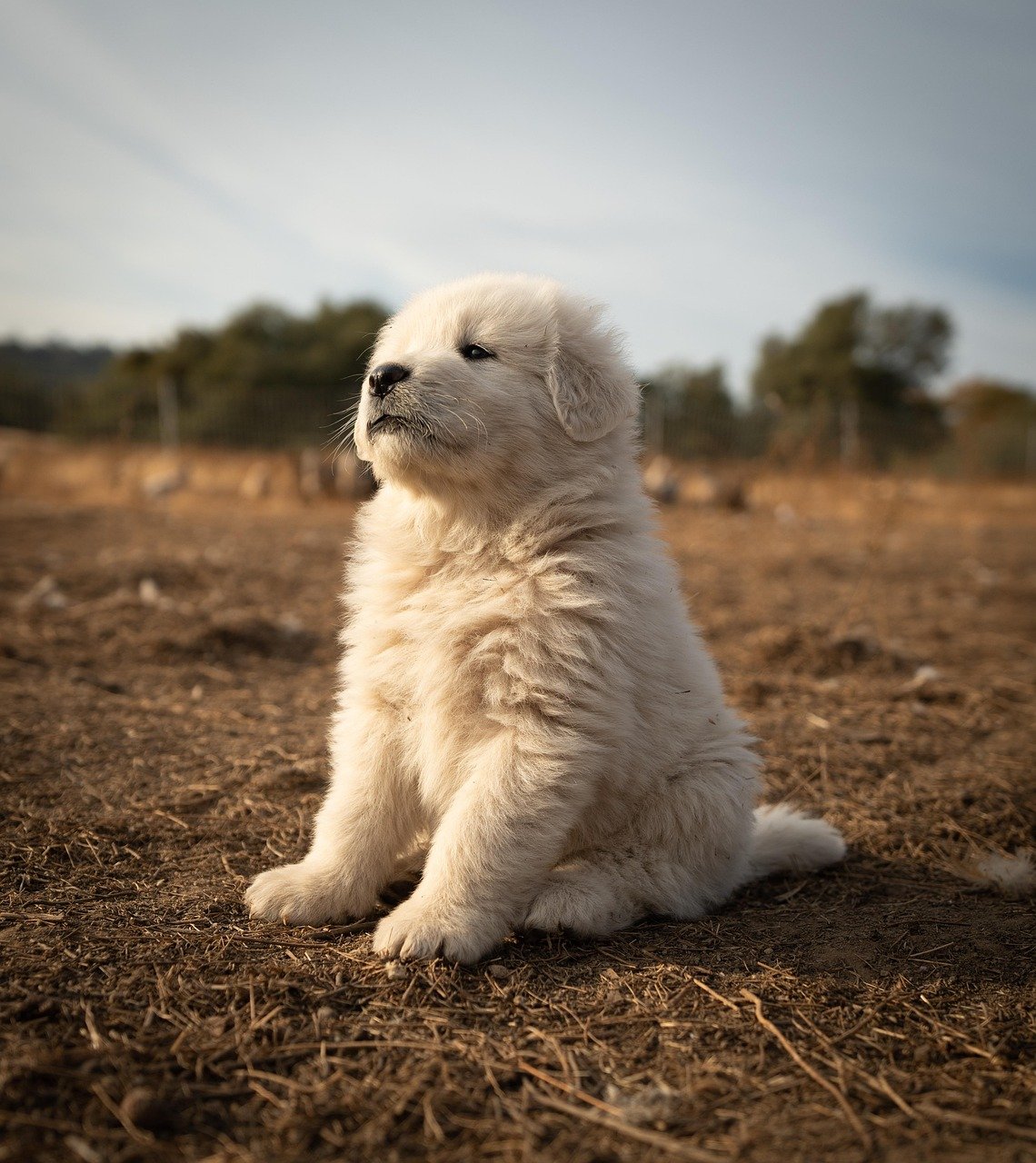
Great Pyrenees were bred to guard sheep in the mountains, but modern life has turned their protective instincts and large size into health liabilities. Ectropion is common in giant breeds such as the Great Pyrenees pictured here, which causes the eyelids to droop outward, leading to chronic eye irritation and infections. But their eye problems are just the beginning.
The sheer size of Great Pyrenees puts enormous stress on their joints, leading to the same hip and elbow dysplasia issues that plague other giant breeds. What makes them particularly challenging for veterinarians is their independent, stoic nature – they were bred to work alone in harsh conditions, so they hide pain extremely well. By the time owners notice limping or stiffness, the joint damage is often severe and irreversible.
Bloodhounds: Ears That Harbor Hidden Dangers
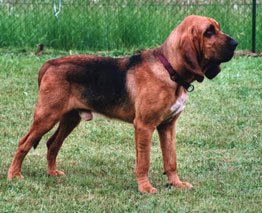
Those adorable droopy ears that make Bloodhounds so endearing are actually breeding grounds for infections and health problems. Famous for their keen nose, droopy face, and deep howl, Bloodhounds benefit from mentally stimulating activities to keep them occupied and out of trouble. Their patient nature helps them deal well with children – as long as the kids don’t pull on their long, floppy ears. But those ears create a perfect environment for bacteria and yeast to thrive.
Veterinarians regularly see Bloodhounds with chronic ear infections that require ongoing treatment and management. The combination of poor air circulation and the breed’s love of tracking scents through dirty environments means their ears are constantly collecting debris and moisture. What starts as a simple ear infection can quickly escalate to more serious problems if not properly managed, requiring expensive treatments and sometimes even surgery.
Cane Corso: Powerful Bodies, Painful Problems
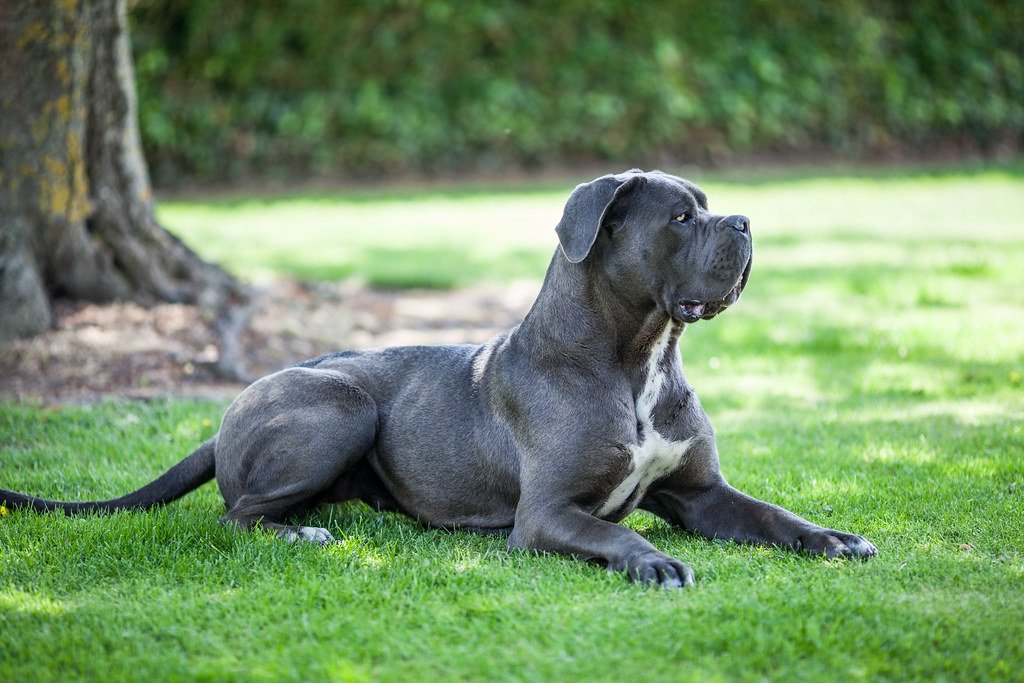
Cane Corsos are impressive, powerful dogs that command respect, but their muscular build comes with a price tag that extends far beyond their purchase price. several giant dog breeds, like Boerboels, Cane Corsos, Great Danes, Saint Bernards, and Tibetan Mastiffs, see higher average costs for pet insurance claims compared to other breeds. These costs can be 20-35% more expensive, with common claims involving digestive issues, skin conditions, allergies, ear infections, lameness, and gastrointestinal conditions.
What makes Cane Corsos particularly challenging for veterinarians is their combination of size, strength, and potential for multiple health issues. When a 110-pound dog with powerful jaws needs medical treatment, everything becomes more complicated and expensive. These dogs often require stronger medications, larger equipment, and more staff to handle safely during procedures. Their impressive physical presence that attracts many owners becomes a liability when medical care is needed.
Conclusion: The Hard Truth About Giant Love
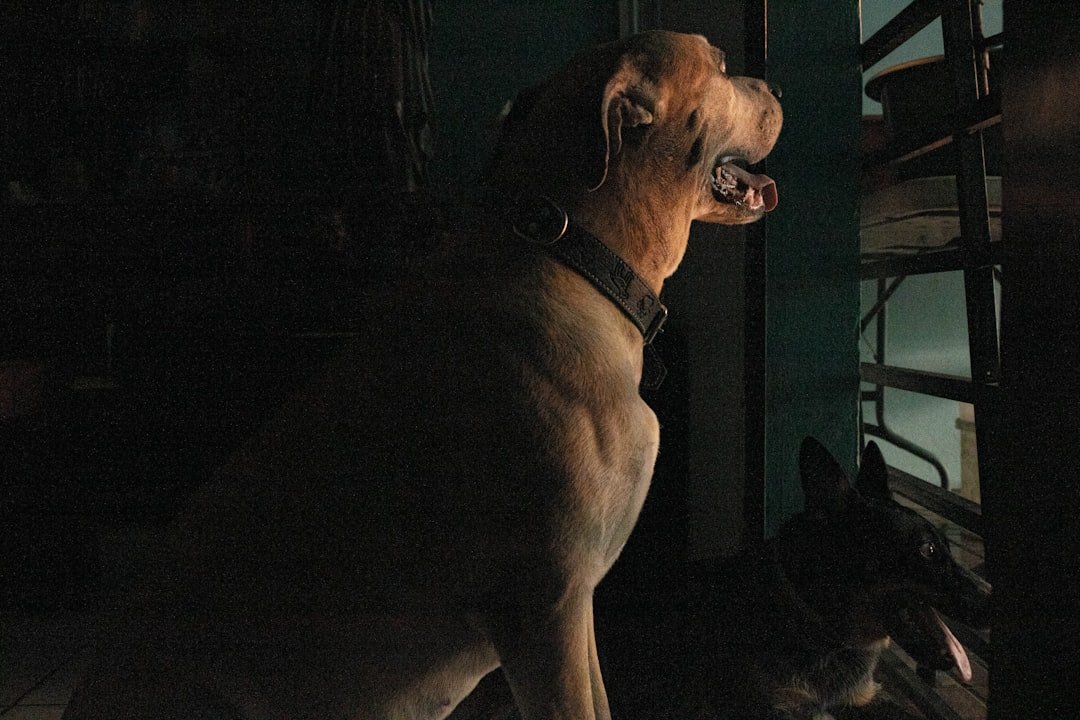
The reality that veterinarians face daily is watching families fall in love with these magnificent breeds without fully understanding the commitment they’re making. These aren’t just bigger versions of regular dogs – they’re medical challenges wrapped in fur and loyalty. The shorter lifespans, higher medical costs, and inevitable health problems aren’t just statistics; they’re heartbreak waiting to happen in examining rooms across the country.
This doesn’t mean these breeds don’t deserve love and homes – it means they deserve owners who go in with eyes wide open. Before you fall for those gentle giant eyes looking at you from the breeder’s kennel, ask yourself if you’re prepared for the reality that comes with them. Because while your heart might be big enough for a giant breed, your wallet and emotional resilience might not be.
Have you ever considered how much you’re really prepared to spend on veterinary care over your dog’s lifetime?

Andrew Alpin from India is the Brand Manager of Doggo digest. Andrew is an experienced content specialist and social media manager with a passion for writing. His forte includes health and wellness, Travel, Animals, and Nature. A nature nomad, Andrew is obsessed with mountains and loves high-altitude trekking. He has been on several Himalayan treks in India including the Everest Base Camp in Nepal.

